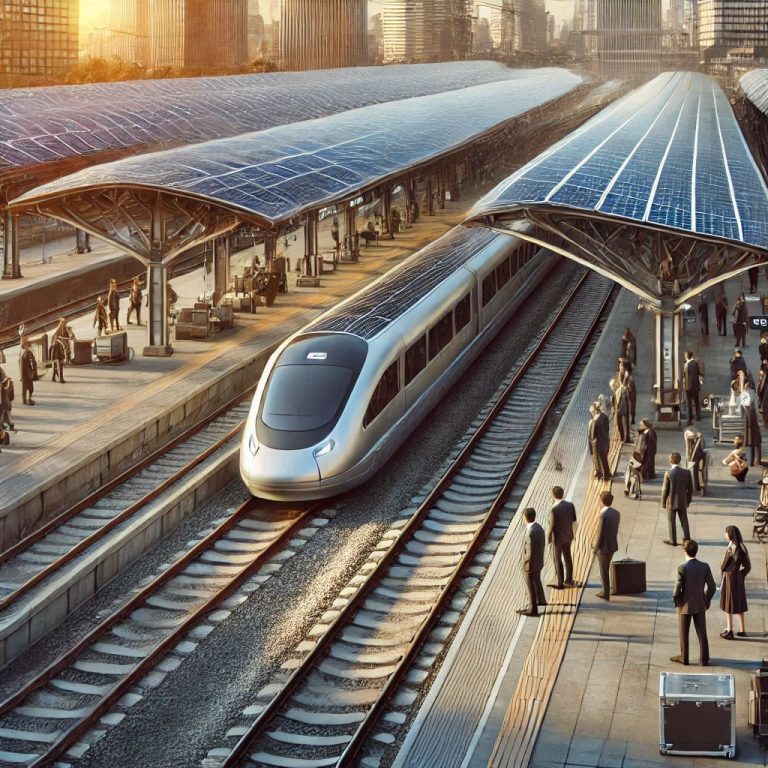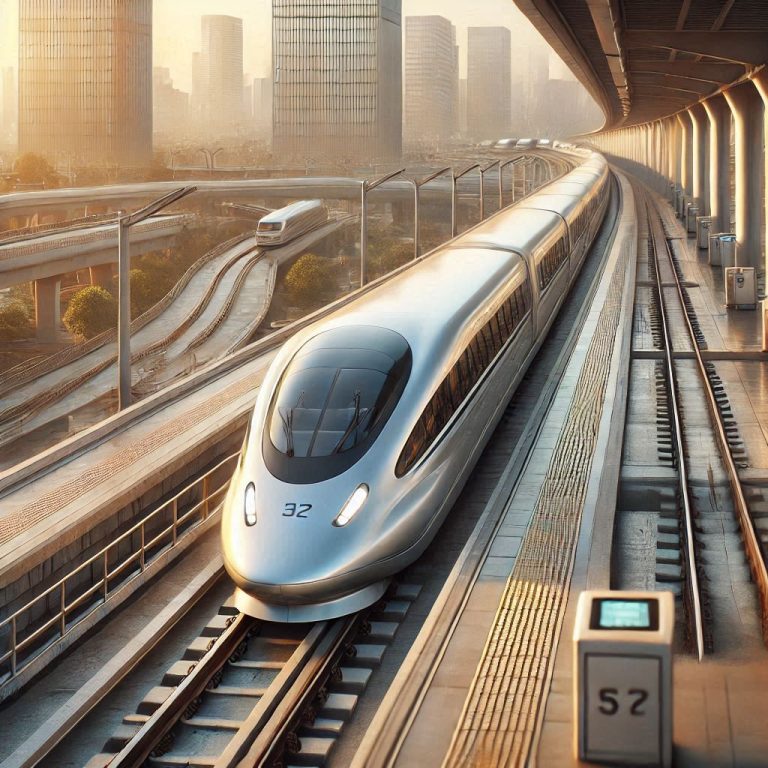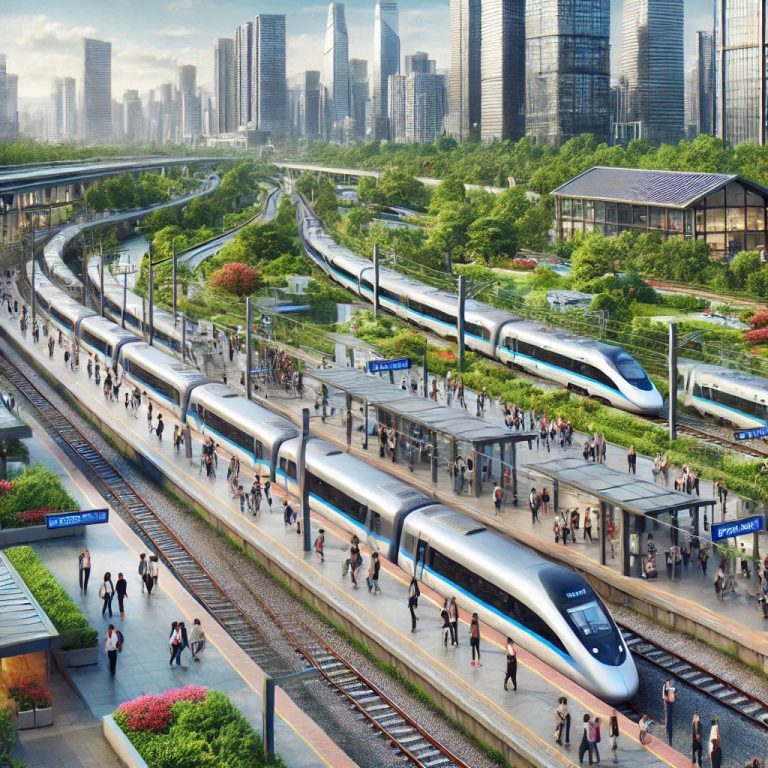
Introduction:
Train stations are more than just transit points; they are gateways to new adventures, cultural hubs, and architectural marvels. From the bustling platforms of Tokyo’s Shinjuku Station to the historic grandeur of New York’s Grand Central Terminal, train stations around the world are not only vital for transportation but also iconic landmarks in their own right. This guide will take you on a journey through some of the most famous train stations globally, exploring their unique features, historical significance, and the stories they tell.
These are a few well-known train stations from around the world:
Grand Central Terminal:
New York City, United States: Grand Central Terminal is an iconic train station located in Midtown Manhattan. Opened in 1913, it is renowned for its stunning Beaux-Arts architecture, the celestial ceiling in the Main Concourse, and the famous four-faced opal clock. It has played a significant role in the history of American rail travel and remains a bustling transportation and cultural center.
Shinjuku Station:
Tokyo, Japan: Shinjuku Station in Tokyo is the busiest railway station in the world, with over 3.6 million passengers passing through it daily. This massive station complex has over 200 exits and serves multiple rail lines. Opened in 1885, it has grown alongside Tokyo, reflecting the city’s rapid modernization and urbanization.
Gare du Nord:
Paris, France: Gare du Nord is one of the six large terminus stations in Paris and the busiest railway station in Europe. Opened in 1864, it is famous for its stunning facade featuring 23 statues representing cities served by the railway. The station connects Paris with Northern France, Belgium, the Netherlands, and the United Kingdom via the Eurostar.
Kazansky Railway Station:
Moscow, Russia: Kazansky Railway Station is one of Moscow’s nine main railway stations, named after the city of Kazan. Opened in 1862, it boasts a distinctive architectural style inspired by traditional Russian and Tatar designs. The station serves several long-distance routes, including those to the Urals and Central Asia.
Milano Centrale:
Milan, Italy: Milano Centrale is the main railway station of Milan and one of the largest stations in Europe. Opened in 1931, it combines elements of Art Deco and Fascist architecture. The station features grand halls, high ceilings, and intricate decorative details and has witnessed Italy’s history, including its role during World War II.
Chhatrapati Shivaji Terminus:
Mumbai, India: Chhatrapati Shivaji Terminus, formerly Victoria Terminus, is a historic railway station and a UNESCO World Heritage Site in Mumbai. Opened in 1887, it is an outstanding example of Victorian Gothic Revival architecture blended with traditional Indian elements. The station serves both long-distance and suburban trains and remains a central part of Mumbai’s bustling railway network.
Liège-Guillemins:
Liège, Belgium: Liège-Guillemins is the main railway station in the city of Liège. Opened in 2009, it is renowned for its contemporary design by architect Santiago Calatrava, featuring a monumental steel and glass canopy. The station serves high-speed trains, including Thalys and ICE, connecting Liège with major European cities.
Summary:
Train stations are an integral part of our global transportation network, each with its unique charm and historical significance. Grand Central Terminal in New York embodies Beaux-Arts grandeur, while Shinjuku Station in Tokyo epitomizes modern efficiency. Gare du Nord in Paris and Kazansky Railway Station in Moscow reflect 19th-century architectural splendor. Milano Centrale in Milan merges Art Deco with Fascist design, and Chhatrapati Shivaji Terminus in Mumbai showcases Victorian Gothic Revival blended with Indian elements. Finally, Liège-Guillemins in Belgium represents modern architectural innovation. Together, these stations not only facilitate travel but also stand as cultural and historical landmarks in their respective cities.



